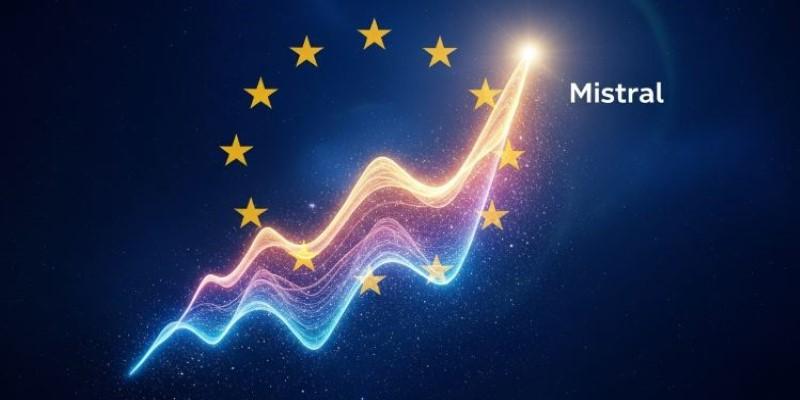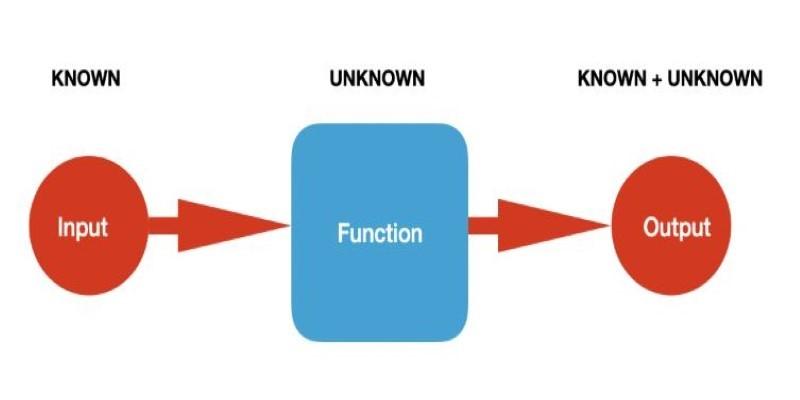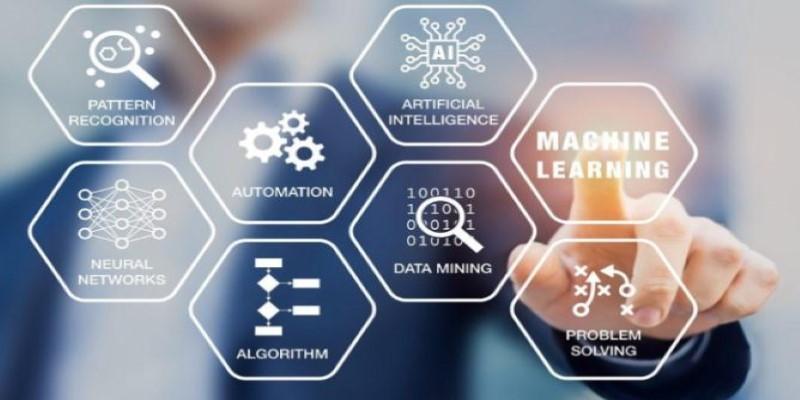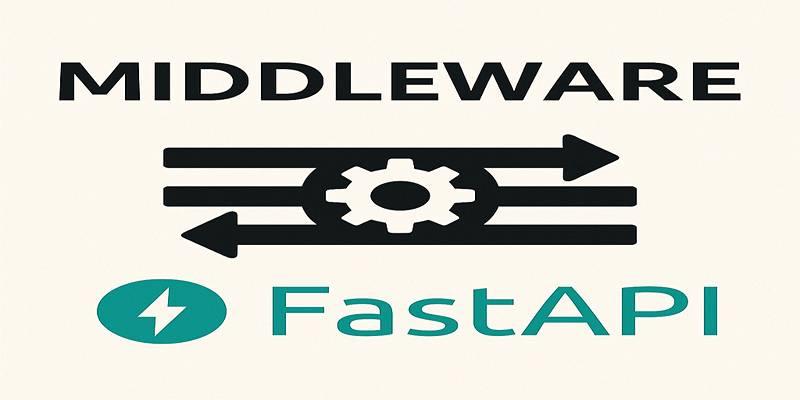AI development has largely been shaped by labs in the U.S., but a young startup in Paris is changing that narrative. Mistral AI, founded in 2023 by researchers from Meta and Google DeepMind, is already gaining global attention. Backed by hundreds of millions in funding, Mistral is pushing for transparency in AI, releasing open models that anyone can use or adapt. Rather than copying OpenAI’s path, it’s following its own—one rooted in accessibility and control. And with Europe behind it, Mistral is quickly becoming more than a challenger.
What Is Mistral AI Building?
Mistral AI creates large language models designed to understand and generate human language, code, and other structured inputs. These models are similar in scope to OpenAI’s GPT series but differ in one important way: openness. Mistral’s models are released with full access to the underlying weights, making them fully usable by individuals, developers, and companies without restrictions or hidden rules.

The first release, Mistral 7B, came only months after the company launched. With 7 billion parameters, it punched above its weight. Despite being smaller than GPT-3 or GPT-4, its performance on language benchmarks proved that smart training and architecture choices could outperform sheer size.
Soon after, Mistral released Mixtral, an MoE (mixture-of-experts) model with 12.9 billion active parameters. Its design allows only part of the model to activate at a time, which speeds up response times while reducing compute needs. Again, they released it with open weights—something few others are doing at this level of performance.
This open-weight approach makes Mistral's models especially appealing to organizations with strict data policies or those needing full control over how AI runs in their environments. From private servers to embedded systems, the flexibility is a major selling point.
Why Open Models Matter?
The idea of open-weight AI models isn't just a technical preference—it’s a shift in power. When companies control every part of a model—from the training data to the output—they also control access, pricing, and policy. Mistral’s approach breaks from that pattern. By making weights and code freely accessible, it offers an alternative where users are in charge.
This has big implications for industries like healthcare, finance, and public service. These sectors often can't rely on cloud-hosted models due to strict privacy or legal constraints. Mistral’s models can be hosted locally or customized, helping organizations stay compliant without giving up the benefits of AI.
There’s also a practical reason to go open. Developers and researchers need to inspect, debug, and adapt models for specific tasks. Closed models are often black boxes. With Mistral’s open releases, it’s easier to understand why a model works—or doesn’t. That level of transparency helps build trust and encourages experimentation.
Safety is part of the conversation, too. While U.S.-based labs like OpenAI and Anthropic focus on controlling access to reduce risk, Mistral believes the opposite: openness allows for broader scrutiny and faster identification of issues. It’s a more distributed model of safety, where the community helps keep the system honest.
A European Strategy, with Global Reach
Mistral’s roots in Paris are more than geographic. Its founders are aiming to build not just an AI company, but a European identity in the AI space. This includes an emphasis on digital sovereignty, open collaboration, and research freedom. For a region increasingly concerned about being dependent on U.S. or Chinese tech, Mistral offers a homegrown alternative.

In mid-2024, the company closed a massive $400 million Series A round, bringing its valuation close to $2 billion. This kind of funding, especially for a one-year-old company, signals serious investor belief in its long-term potential. Backers include names like Andreessen Horowitz and Lightspeed, but also a range of European venture capital groups.
Mistral’s strategy isn’t about building a chatbot for everyone. Instead, they’re releasing strong foundation models that can be fine-tuned for specialized use cases. These include things like legal automation, robotics, customer support, and even creative tools. Rather than polishing a product, they provide the infrastructure others can build on.
This positions them well in the open-source ecosystem. Developers and smaller companies often prefer models they can run locally, tweak for performance, or modify without licensing limits. With Mixtral and Mistral 7B, that’s exactly what they get—models that don’t require massive hardware, but still deliver high performance.
How Mistral AI Fits Into the Future of AI?
AI’s future is still being defined. As powerful models become more common, questions around control, safety, access, and transparency are getting louder. Mistral represents a different answer to those questions. Instead of keeping capabilities behind APIs, they’re pushing for a world where more people have direct access to the tools.
This could reshape how AI is used. Open-weight models let small labs, startups, and even individual researchers work with high-quality tools without waiting for permission or worrying about rate limits. It also means that innovation isn’t tied to cloud services or paywalls.
That said, the risks are real. There’s always the chance that open models can be misused, and managing that without controlling access is a hard line to walk. Mistral has shared usage guidelines and encourages responsible use, but enforcement depends on the broader community.
Still, the momentum behind Mistral’s models is growing. Developers have started integrating them into everything from scientific research platforms to language assistants. Their compact size and performance balance make them a practical choice for many applications, and their open nature ensures flexibility.
Mistral isn’t trying to build the biggest or most closed AI system. Its focus is on freedom—freedom to run models where you want, shape them how you need, and explore without gates. That might make it one of the most influential AI companies not just in Europe, but worldwide.
Conclusion
Mistral AI stands apart from typical AI companies, focusing on open models and practical use rather than closed ecosystems. Its early releases have already gained traction, especially among developers and organizations seeking transparency and control. By prioritizing openness and regional independence, Mistral challenges the idea that only scale and secrecy drive innovation. As AI development expands globally, Mistral is showing that a more open, accessible approach can compete with the biggest names—and possibly lead the way forward.












